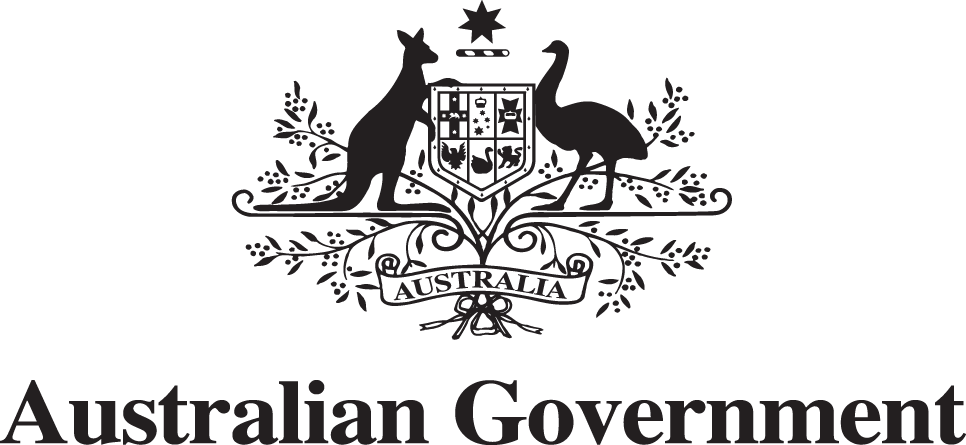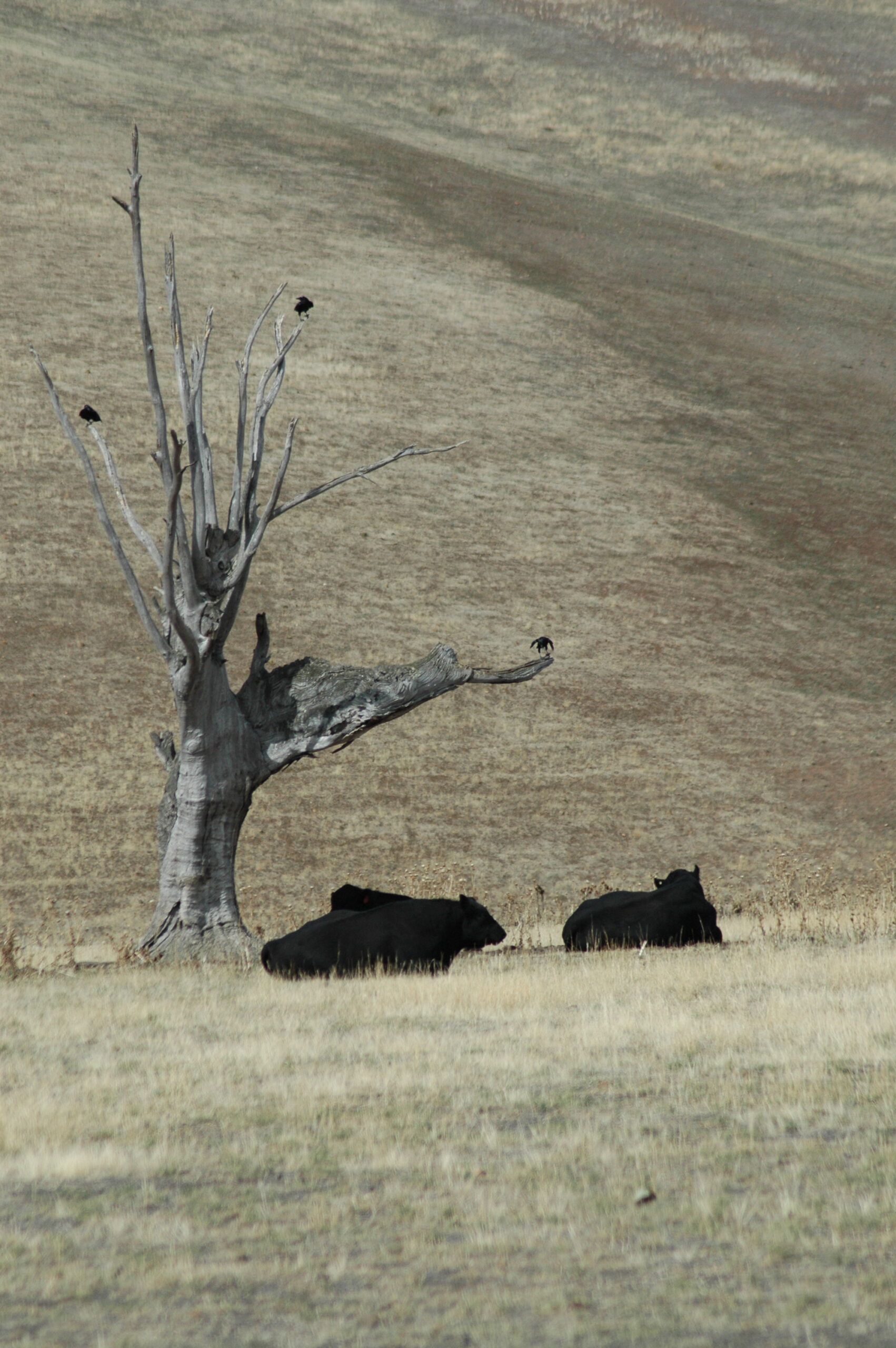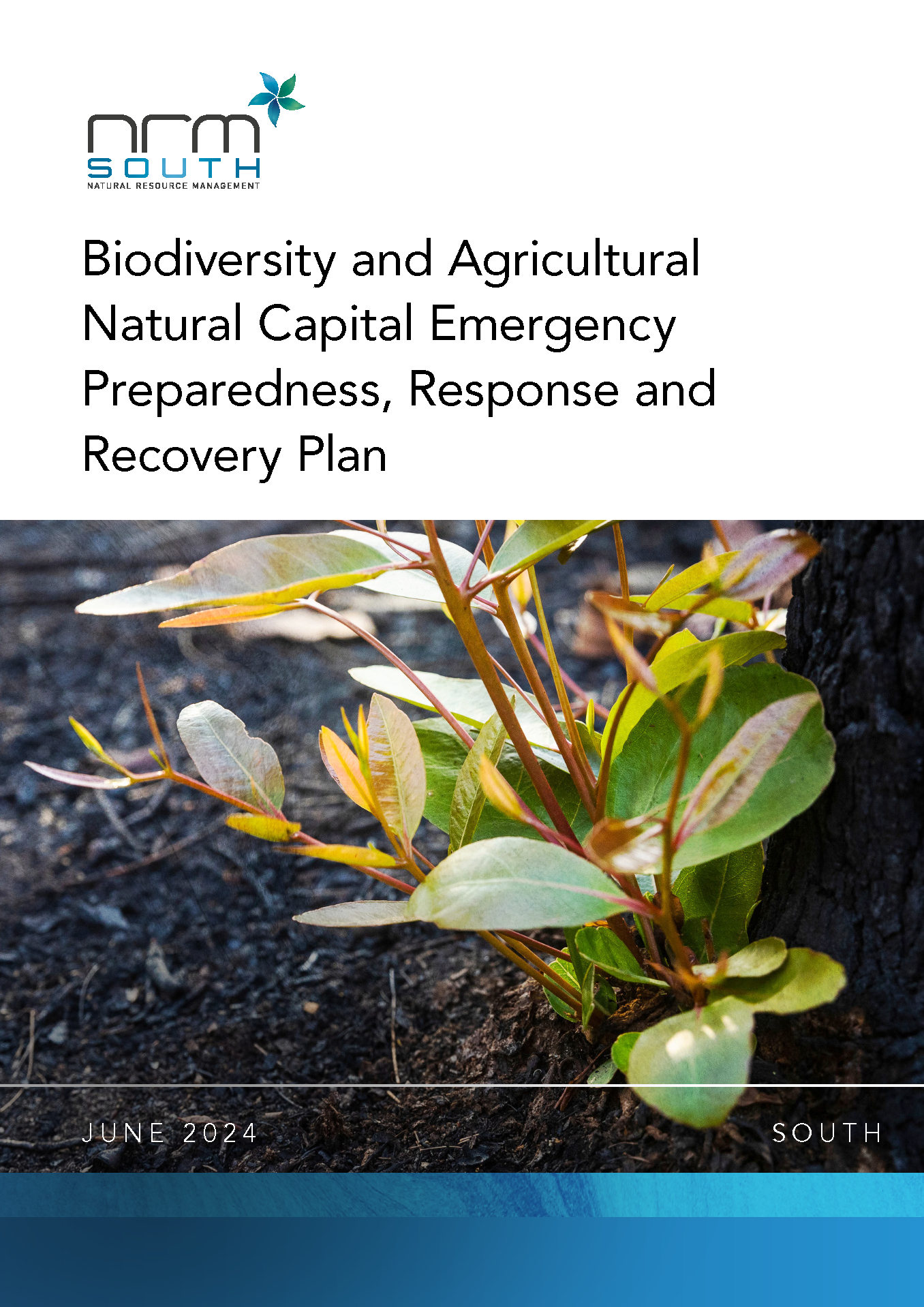Emergency Preparedness, Response and Recovery Plan
Supporting emergency preparedness to minimise impacts on biodiversity and agricultural natural capital
Southern Tasmania is facing increasing challenges from natural disasters and extreme weather events, ranging from bushfires to flash floods, and emergency biosecurity incursions. These events not only threaten human lives, property, and food supply, but also have significant impacts on biodiversity and agricultural natural capital assets. It is crucial that we enhance our preparedness and response to mitigate these risks effectively.
NRM organisations play a critical role in supporting emergency preparedness and response and have developed an Emergency Preparedness, Response and Recovery Plan that serves as a strategic blueprint to enhance preparedness, response, and recovery measures pertaining to emergency events impacting biodiversity and agricultural natural capital assets.
The plan aims to provide information to assist integration of these crucial assets into emergency frameworks, and to mitigate risks, minimise damage, and expedite recovery processes for natural assets in the face of natural disasters.
Priority Events
- Priority bushfire: Proactive measures such as fuel reduction programs, community awareness campaigns, and effective emergency response strategies are essential to mitigate risks and ensure effective management of bushfire events.
- Priority flood: Tasmania’s topography means our experience with floods is very different from the mainland. Tasmania mainly experiences flash flooding rather than long periods of flooding with several weeks of inundation.
- Priority drought: Proactive planning and collaboration between government agencies, stakeholders, and community groups are key to minimising drought impacts and building resilience in our region. This includes implementing water conservation strategies, promoting drought-resistant crops, enhancing monitoring and early warning systems, and supporting affected communities.
- Priority biosecurity incursion: Tasmania’s unique environmental conditions and geographic isolation means the introduction of invasive species or diseases can have profound and far-reaching consequences. Given the severity of potential impacts, early detection and rapid response are crucial in addressing biosecurity incursions effectively. This involves coordinated efforts between government agencies, industry stakeholders, and the broader community to prevent, detect, and manage biosecurity threats in the Region. Proactive measures such as surveillance programs, quarantine protocols, and public awareness campaigns play a vital role in safeguarding the region’s environmental and economic interests against biosecurity risks.
Recognising the critical role of NRM organisations in supporting emergency preparedness and response, the Australian Government invited NRM South to develop a ‘Biodiversity and Agricultural Natural Capital Emergency Preparedness and Response and Recovery Plan’. The Plan is informed by lessons learned from past disasters and guided by relevant strategic frameworks.
OVERVIEW
Objectives
This Plan marks a pivotal moment in NRM South’s approach to emergency preparedness, response, and recovery concerning biodiversity and natural capital assets in southern Tasmania. It lays the foundation for future initiatives, highlighting the need for collaborative approaches, funding, and resources to bridge existing gaps and implement actions. Through future funding and strategic implementation of the recommendations of this Plan, we envision a future where our objectives are achieved, bolstering our resilience, and safeguarding our natural values.
Enhancing Preparedness
- Outline proactive actions that identify, assess, and reduce risks posed by potential emergency events to biodiversity and agricultural natural capital assets.
- Foster collaboration and information sharing to ensure a comprehensive understanding of vulnerabilities and effective preparedness measures.
Strengthening Capabilities
- Support clear communication that facilitates swift and coordinated responses to emergency events affecting biodiversity and agricultural natural capital assets.
- Identify training and resources required to equip NRM South and our stakeholders with the necessary skills and knowledge to effectively address crises.
- Plan, develop and implement strategic actions tailored to the unique needs of biodiversity and agricultural natural capital assets, with a focus on restoring ecosystems and enhancing resilience.
- Bring together and coordinate on-ground efforts with state and federal governments and local stakeholders to expedite the recovery process for natural assets, leveraging available resources and expertise to maximise outcomes.
- Facilitate the inclusion of biodiversity and agricultural natural capital assets in existing emergency planning frameworks, fostering a holistic approach to risk management and mitigation, and promoting long-term resilience and sustainability.
Collaboration
- Identify and engage with key agencies responsible for emergency preparedness and response, fostering collaboration and coordination to achieve shared objectives.
- Identify partnerships and cooperative agreements to leverage resources and expertise for more effective management of priority natural assets during and following emergencies.
FREQUENTLY ASKED QUESTIONS
Why has this plan been developed?
A changing climate means we are experiencing more frequent and intense extreme weather events and natural disasters, including bushfires, floods and storms. As well as endangering lives and property, the effects of climate change also threaten biodiversity, agricultural assets, and cultural values. The EPRR Plan represents an important step in identifying and addressing the growing challenges posed by natural disasters and emergencies on southern Tasmania’s high conservation value natural areas and species, as well as important agricultural landscapes and marine ecosystems.
‘Natural hazard’ vs ‘natural disaster’ vs ‘emergency?
Natural hazards are driven primarily by weather and geology. Weather hazards include floods, storms and bushfires, while geological hazards include earthquakes or tsunamis. Another category is biological, which includes diseases, pests and pathogens.
Natural hazards vary in type, frequency, intensity and severity and only become a disaster when the hazard/s intersect with people and things of value, and when the impacts exceed the impacted community’s ability to avoid, cope or recover from them.
Disasters are influenced by the type and scale of natural hazard, exposure of people, the types and number of property and assets, and the vulnerability of what has been impacted, including physical, social, economic and environmental elements.
Depending on the level of impact, a natural event it may be deemed an ‘emergency event’ if it endangers or threatens to endanger life, property or the environment, and requires a significant and coordinated response.
Natural disasters and emergencies may be exacerbated by chronic and periodic environmental stressors such as climate change.
How do NRMs play a role in response and recovery?
Recovering natural assets from natural emergencies may involve coordinated responses to:
- Identify impacts and risks from the event
- Supporting the recovery of impacted (or at risk) terrestrial and aquatic ecosystems, wildlife and natural resources.
- Undertake activities to restore and regenerate biodiversity and ecosystems, natural resources, and environmental infrastructure,
- Recover and conserve impacted or at risk indigenous cultural heritage values
- Ensure environmental bodies, affected communities and interest groups are involved in planning and recovery efforts and decision-making processes.
EXAMPLE 1: Flood
POTENTIAL IMPACTS INVOLVING NRM ORGANISATIONS
Riverbank instability and damage from erosion, loss of riparian vegetation and habitat, debris and water course obstruction or blockage
- NRMs can play an important role in supporting landholders to improve riparian health to ensure rivers can withstand flooding events, as well as leading post-flood riparian recovery initiatives, including landholder support, managing grant funding, or coordinating revegetation actions.
EXAMPLE 2: Bushfire
POTENTIAL IMPACTS INVOLVING NRM ORGANISATIONS
Loss of biodiversity across landscapes, including threatened species and wildlife habitat, and consequential loss of ecosystem services provided by these landscapes.
- NRMs work across landscapes to improve species and habitat resilience through actions to protect key habitat areas and improve breeding outcomes. NRMs play an important role in bushfire recovery by providing advice and support for landscape recovery initiatives.
EXAMPLE 3: Biosecurity
POTENTIAL IMPACTS INVOLVING NRM ORGANISATIONS
Impacts to biodiversity, habitats and wildlife, as well as production livelihoods (e.g. stock and crop losses, loss of access to markets).
- NRMs play an important role in informing the community around best-practice to minimise the spread of weeds, pests and diseases and work on actions to control the spread of biosecurity incursions across landscapes and waterways.
What role do NRM organisations plan in emergency management?
The EPRR Plan complements the Tasmanian Emergency Management Arrangements (TEMA), with a focus on natural assets in southern Tasmania. It outlines:
- Shared objectives: Both frameworks share the common goal of reducing the impact of disasters and emergencies and enhancing the resilience of communities and the environment. They aim to achieve this through a combination of prevention, preparedness, response, and recovery strategies.
- Complementary roles: TheTEMA outlines the roles and responsibilities of different agencies and organisations in emergency management. The EPRR Plan identifies specific roles and actions for managing natural assets in southern Tasmania before, during and after natural hazard emergency events.
- Collaboration and coordination: Both frameworks emphasise the importance of communication, cooperation and coordination amongst stakeholders. The TEMA outlines the mechanisms for coordination among different agencies and organisations while the EPRR outline opportunities to interact with relevant stakeholders within the broader emergency management framework and with stakeholders outside of the framework with a focus on natural assets.
- Consistent approach: Both frameworks adopt a consistent approach to emergency planning and management based on risk management principles and continuous improvement. They recognise the need to adapt to changing circumstances and to learn from new information and past experiences.
- Integration of strategies: Both frameworks encourage risk-based planning and management. The EPRR Plan supports the TEMA by identifying specific risks and vulnerabilities related to natural resources and opportunities for actions.
- Mutual support: The plans support each other in achieving their respective objectives. The TEMA provides the policy and strategic context for the EPRR Plan while the EPRR Plan identifies gaps and opportunities for practical actions and initiatives that support the TEMA objectives.
How will the EPRR Plan be implemented?
The EPRR Plan identifies opportunities for communication and coordination, information and resources, funding opportunities, and targeted planning and recovery actions. It provides a platform to progress conversations with government and non-government stakeholders, support investment priorities in NRM emergency planning and recovery and design and deliver strategic actions in preparation for and response to events.
In the future the EPRR Plan will be integrated with the NRM Strategy for Southern Tasmania, further supporting the strategic focus for our region.
The establishment of this report on 18 June 2024 was funded by the Australian Government Natural Heritage Trust in 2023-24 and delivered by NRM South, a member of the Commonwealth Regional Delivery Partners panel.


